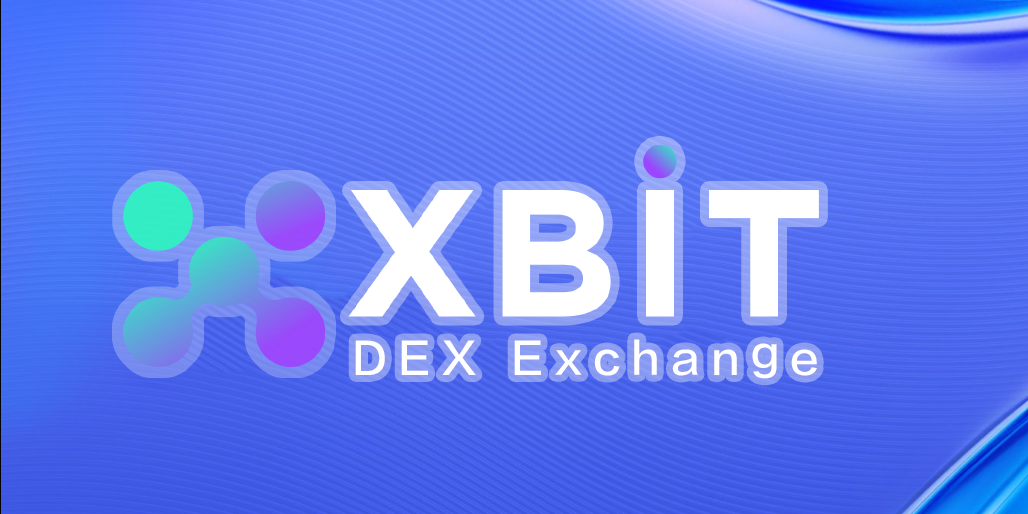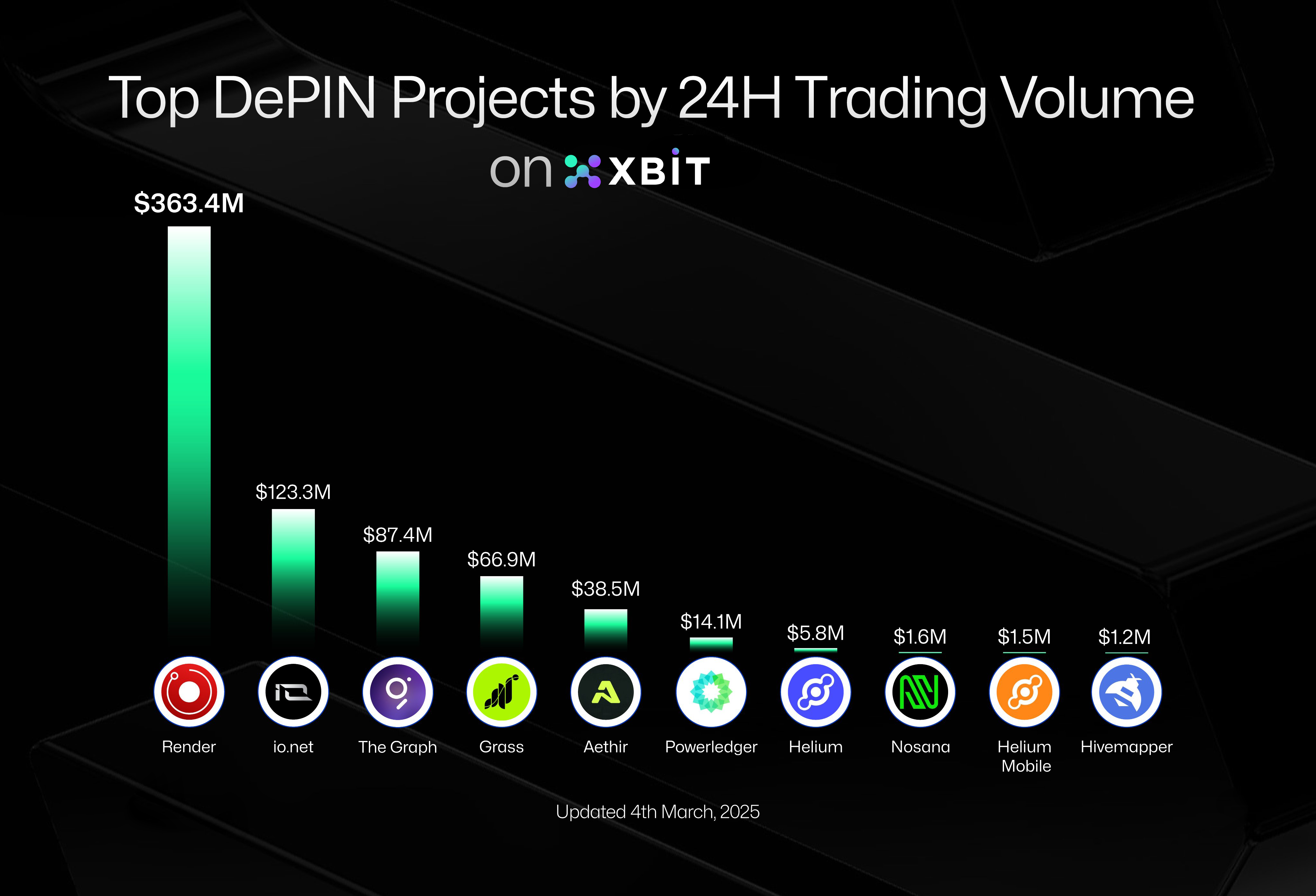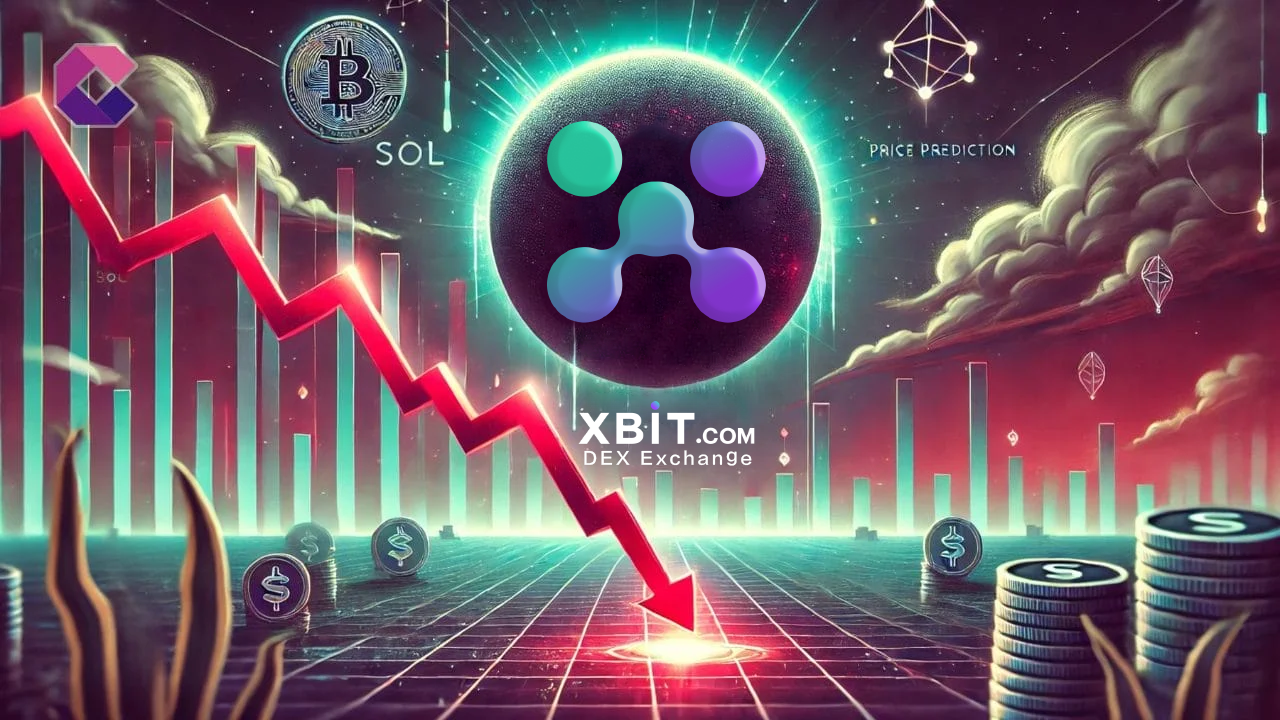On April 15, 2025, the price of Bitcoin broke through $84,500, hitting a new high for the year, and leveraged trading volume surged simultaneously. MicroStrategy once again spent $286 million to increase its holdings by 3,459 BTC, pushing the outstanding amount of loans in the crypto lending market back to $36.5 billion. BitMEX founder Arthur Hayes warned that "the U.S. debt crisis may trigger a unilateral rise in Bitcoin", and investors accelerated their layout through 5-10 times leverage. Against this background, XBIT decentralized exchange platform, with zero gas fee cross-chain leverage and AI dynamic circuit breaker mechanism, has a weekly trading volume of over $1.8 billion, becoming the first choice for institutions to avoid the liquidation risk of centralized platforms.

Policies generate leverage demand and institutional entry to promote DeFi recovery
On April 11, the yield on the 10-year U.S. Treasury bond soared to 4.59%, a two-month high, and the $29 trillion Treasury bond market fell by more than 2% in a single week, shaking investors' confidence in traditional safe-haven assets.
Arthur Hayes, co-founder of BitMEX, pointed out on the X platform: "The US debt liquidity crisis and Trump's tariff policy reversals will force the Federal Reserve to cut interest rates more than three times, and Bitcoin may enter a "rising but not falling" mode."
On-chain data shows that Bitcoin leveraged long positions have increased by 37% in the past week, and the perpetual contract funding rate has remained at a high level of 0.03%-0.05%, reflecting the strong bullish sentiment in the market.
In addition, MicroStrategy's "21/21 Plan" has accelerated, and its Bitcoin holdings have reached 531,000, with an average cost of US$67,556.
Galaxy Digital's report shows that the outstanding amount of DeFi lending has rebounded from a low of US$1.8 billion in 2022 to US$19.1 billion, an increase of 959%, far exceeding the recovery rate of CeFi lending platforms.
Data from the XBIT decentralized trading platform shows that the proportion of institutional users has increased from 12% in 2024 to 29% in Q1 2025. Its cross-chain leverage function supports 8 public chain assets such as BTC and ETH, allowing users to hedge multiple chains with a leverage of 1:100 to avoid the risk of volatility in a single market.
Retail leverage behavior is polarized. Some investors follow KOLs to use 3-5 times leverage to participate in trend trading, while others use XBIT's "smart hedging" function to short highly valued altcoins.
However, its risk control director revealed that the average leverage multiple of platform users is 8 times, which is lower than the industry average of 12 times, but the stop loss trigger rate is still 34%, indicating high-risk attributes.

Path selection under global regulatory game and technical breakthrough of decentralized exchanges
The US SEC is investigating the compliance of leveraged products of centralized exchanges, and platforms such as Binance and OKX may face leverage restrictions. On the other hand, the XBIT decentralized exchange platform has obtained compliance exemptions in the EU, Singapore and other places due to its non-custodial model and on-chain clearing mechanism, and uses ZK-Rollups technology to reduce transaction costs. The opening fee for 10x leverage is only 0.02%.
On April 15, the XBIT decentralized exchange platform announced that it had access to the Swiss Bank fiat currency channel, supporting users to add margin directly in euros and dollars, further broadening the traditional funding channels, and passed the EU MiCA pre-certification, supporting users to disperse their mortgage assets to multiple chains such as Ethereum and Solana to reduce the risk of single-point liquidation.

Conclusion: The double-edged sword effect of leverage tools
The craze for Bitcoin leverage trading is essentially a resonance product of the traditional financial trust crisis and the high volatility of the crypto market. Technology-driven platforms such as XBIT are rewriting the rule book of leveraged games by lowering the operating threshold and improving risk control transparency. But whether it is the institutional gamble of 3,459 BTC or the micro-manipulation of retail investors with 5x leverage, respecting the market is still the only rule to cross the cycle
















No comments yet